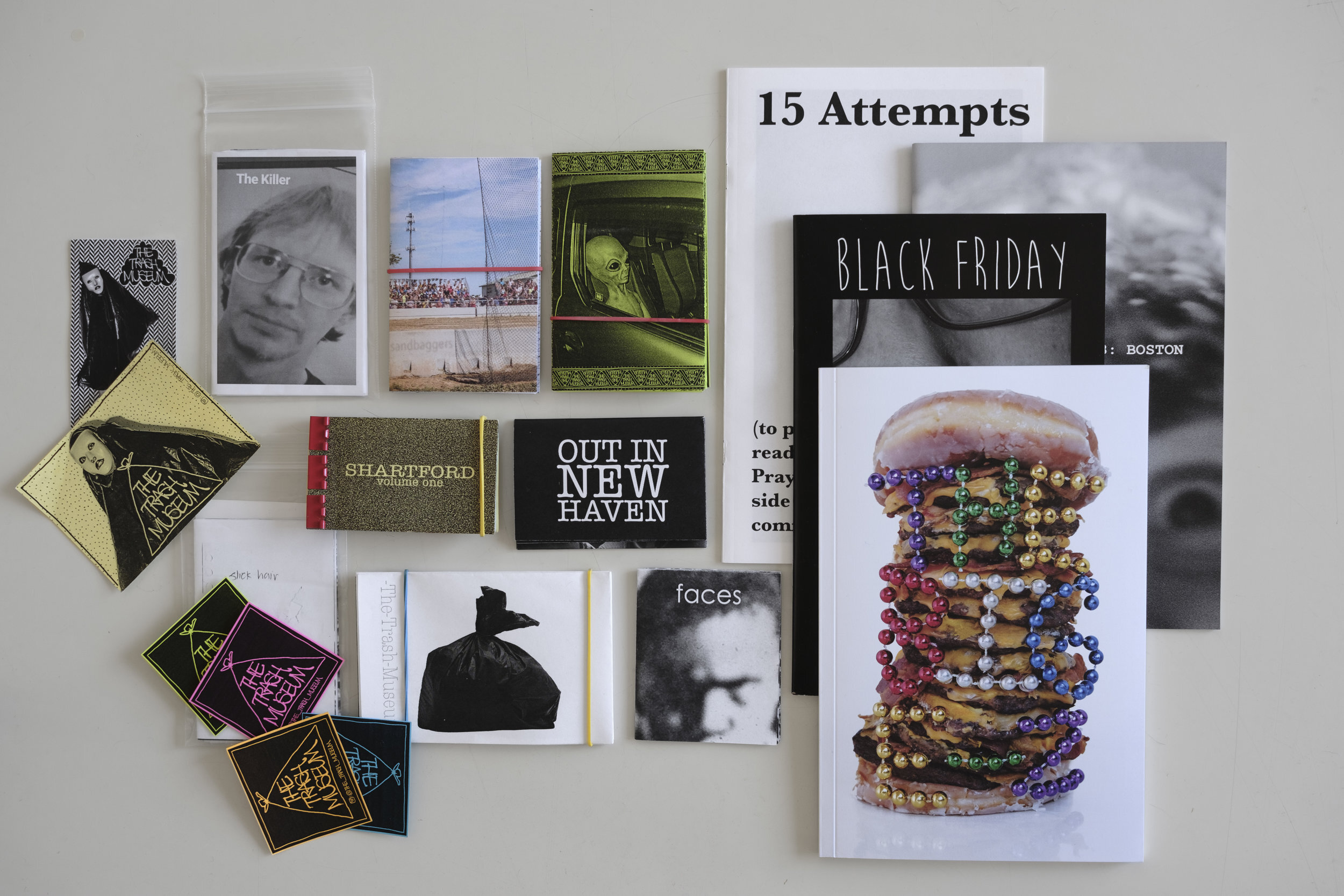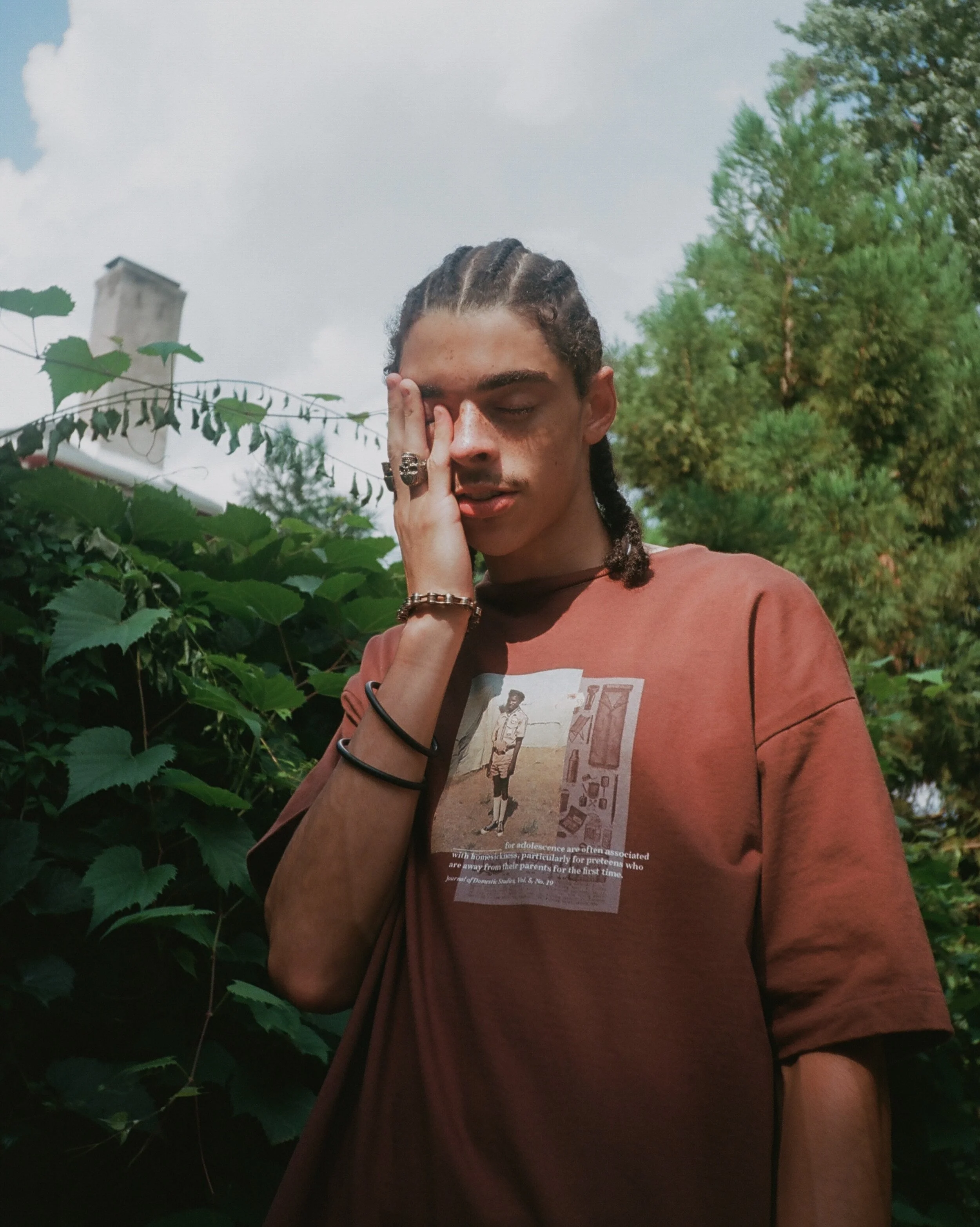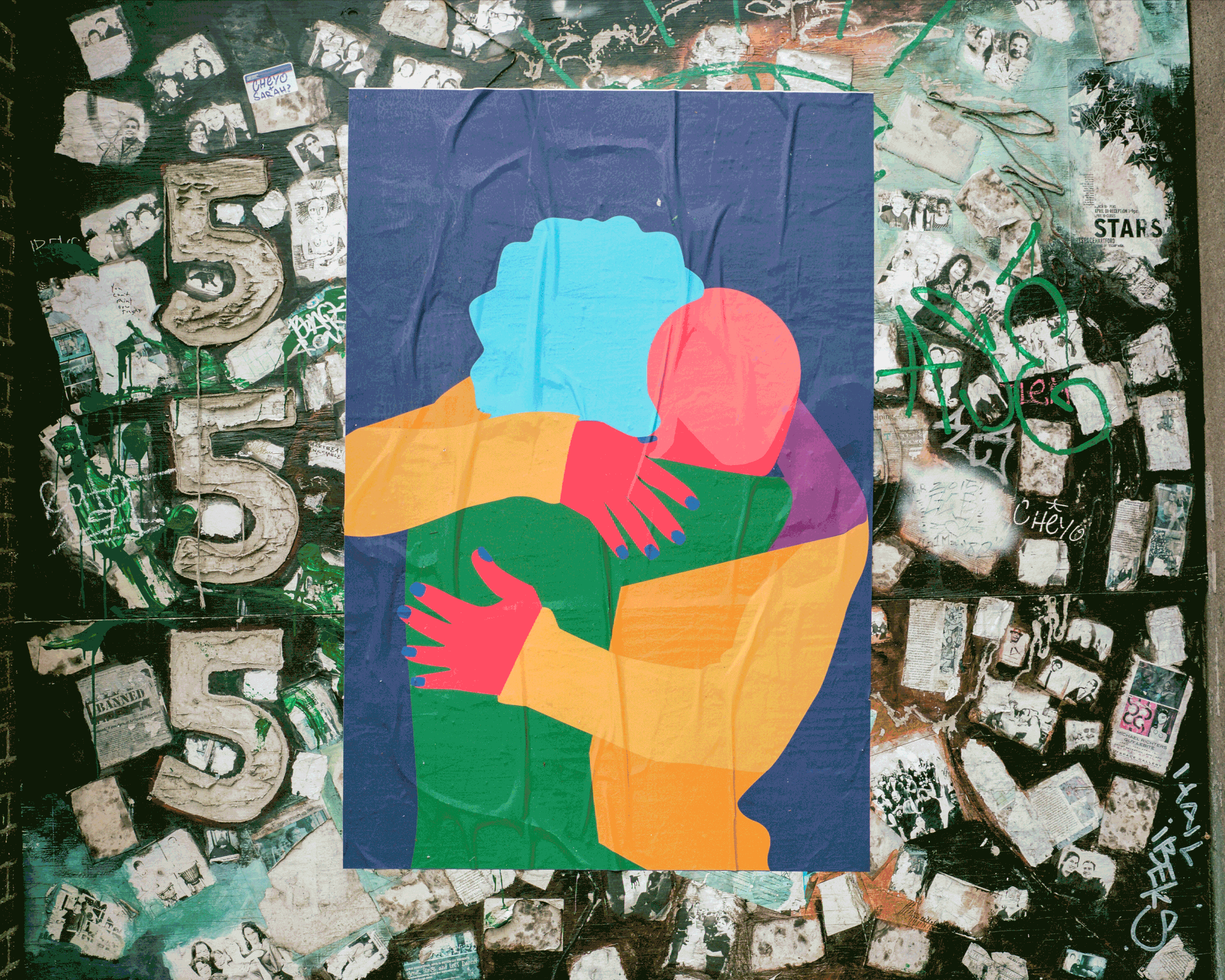Trash Museum
The Trash Museum is a view into the lenses of Jeff Dietz and Dan Rubenbauer. Their work provides a unique look at their surroundings and manifests as some of the most creative zines we have ever seen. Check them out on Instagram or pick up a copy of their newest zine, The Big E-Z.
BL&D: So I know you guys because A) I’ve run into you working around here and B) from your Instagram handle @The_Trash_Museum. Why don’t you tell us about all this amazing zine stuff and we’ll go from there.
D: I’m Dan.
J: And I’m Jeff.
D: And we make zines. It’s our alternative to a gallery or a show. It’s just a more intimate way to view art and we really like it as an output for our photographs. It’s more fun arranging and creating new ways to view something in your hands.
J: It’s creating your own stuff too where you don’t have to go through a gallery [and] you don’t have to go through a museum. You can make something yourself and make a lot of it quickly and cheaply and have a little more fun with it. Take it a little less seriously. There’s a lot of room for collaboration. I think that’s why we got into it too.
D: Definitely.
J: The reason why the Black Friday [Editor's Note: their first zine] thing started was that there was an online exhibition. And then when we did this one, they weren’t doing it anymore. We said, “We still want to do it, so let’s do it ourselves.” That was the jumping off point for all the rest of the collaborations.
D: That was around 2013.
There’s definitely design elements in here, but they're exclusively photography zines, right?
Trash Museum: Yea, definitely.
J: Yea, we both do other stuff. I make collages.
D: And I do painting and drawing.
J: We’re definitely both photographers, though.
How did you guys end up linking up in the first place?
J: We met at University of Hartford in the photography classes, and found that we had similar interests as far as punk rock, music, and photography. We had a similar outlook on it. The hunger to work with people with a similar attitude.
D: Photography is such a strange thing because it’s so democratic now. There are so many photographers. It’s cool when you run into someone that shares really similar fundamentals. Aesthetically, I think, we both photograph pretty closely, the same subjects.
J: It’s pretty funny. When we did Black Friday in Boston, we were both trying to take a picture of the same thing.
D: It’s also fun seeing how different they come out.
J: For sure.
So when and how did this come about?
D: We both did the Black Friday one just to screw around. Then after that we thought, “That’s fun, we should try to collaborate more together.” That was in 2013. In 2014, we started something called “Street Meat.” That was basically gritty, same style as The Trash Museum.
J: That was the first name for it.
D: Then we totally lost traction with that [and] didn’t put anything out. But then The Trash Museum came around and we started getting hyped on that and used it as a jumping off point.
J: At that point too, we were out of school enough where we had adult motivation and we started really making things. We weren’t as young anymore, and our ideas were really starting to formulate themselves. A lot of the zines are essentially little idea sketchbooks where they’re not always a super finished product. They’re not necessarily the best zine we’ve ever put out, but you kind of have to get a few things out of your system to build the bigger picture.
What I was really captured by when I first saw them was that most of them are not traditional zines. The element of the unfolding, and the story telling elements imbedded within that. How did you guys end up in a place where that was something you guys were doing?
D: I’d say that’s just out of being cheap. That’s the most efficient way to do it price-wise.
J: [We asked ourselves,] "How do you make a whole zine out of one sheet of paper?" In my office at work, I have a xerox printer that can print two sides. Alright, I’ll just make one sheet zines then. You can make more of them, and make them faster.
D: It’s also nice too, limiting them. With photography, it’s so overwhelming how many options there are when its nice. When you have one piece of paper when you’re trying to create something, I can only fit eight pictures in this. It puts that constraint on you that kind of makes it easier to actually make something. You have a goal, and you can be done with it in an afternoon.
J: That’s the easy part of it where you can print out one piece of paper really quickly; you can print out a lot of them. But then, especially with digital photography, you can shoot stuff and edit something down into, “this is 9 pictures.” How do you choose 9 pictures out of the thousands that you shot? That’s kind of the fun part of it too.
You were telling me at one point that you guys were just left the zines around. Can you tell us a little more about that?
D: Yea, I was really liking the whole mysteriousness of it when we first started. No one really knew what it was, and still so many people don’t know about what it is. It’s so funny. Today, even, I told someone about it and they said, “Oh, the Trash Museum. I’ve seen that around before.” I really enjoyed leaving them around for not even just people who are into art finding it. I liked that you could just be out in the wild and someone would find something and be really confused about what it is and look through it. It’s funny, I go to bars and leave them around, then I walk around for an hour, come back, and see it crumpled in the corner. I think, alright, fuck, whatever. It sucks, but whatever. It’s still out there interacting with people, which is cool.
J: That’s part of the graffiti influence too. You’re getting your throw-ups everywhere. Basically, you’re just leaving them all over the place. Sometimes i fold it up and leave it with my tip for a waitress. She’s unfolding it. “What the hell is this piece of paper with this creepy drawing on it?” It’s just another way to get the word out there with something physical, rather than just scrolling through a feed and glazing past it on the internet.
Hard copies of the Trash Museum's Zine, THE BIG E-Z, can be purchased here.







